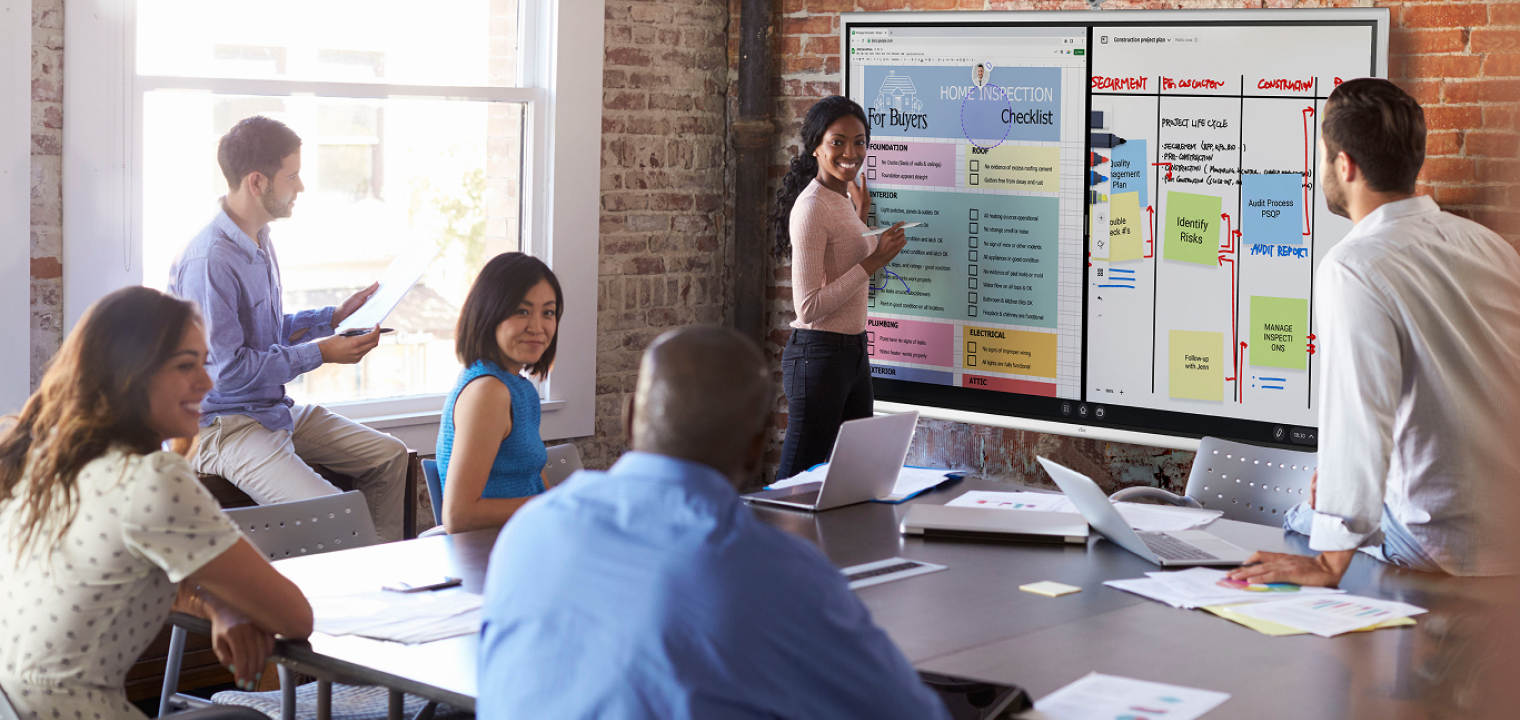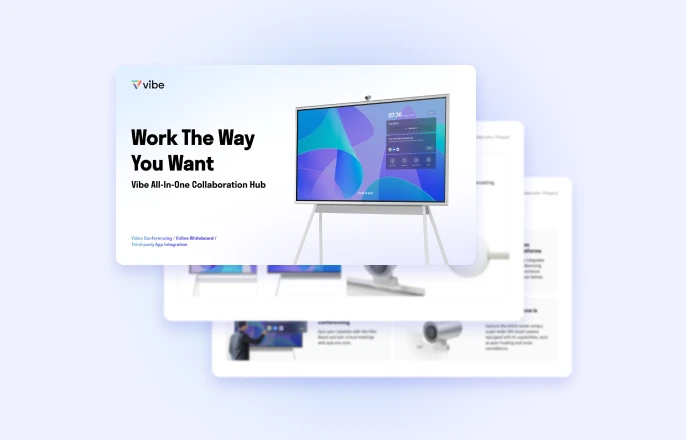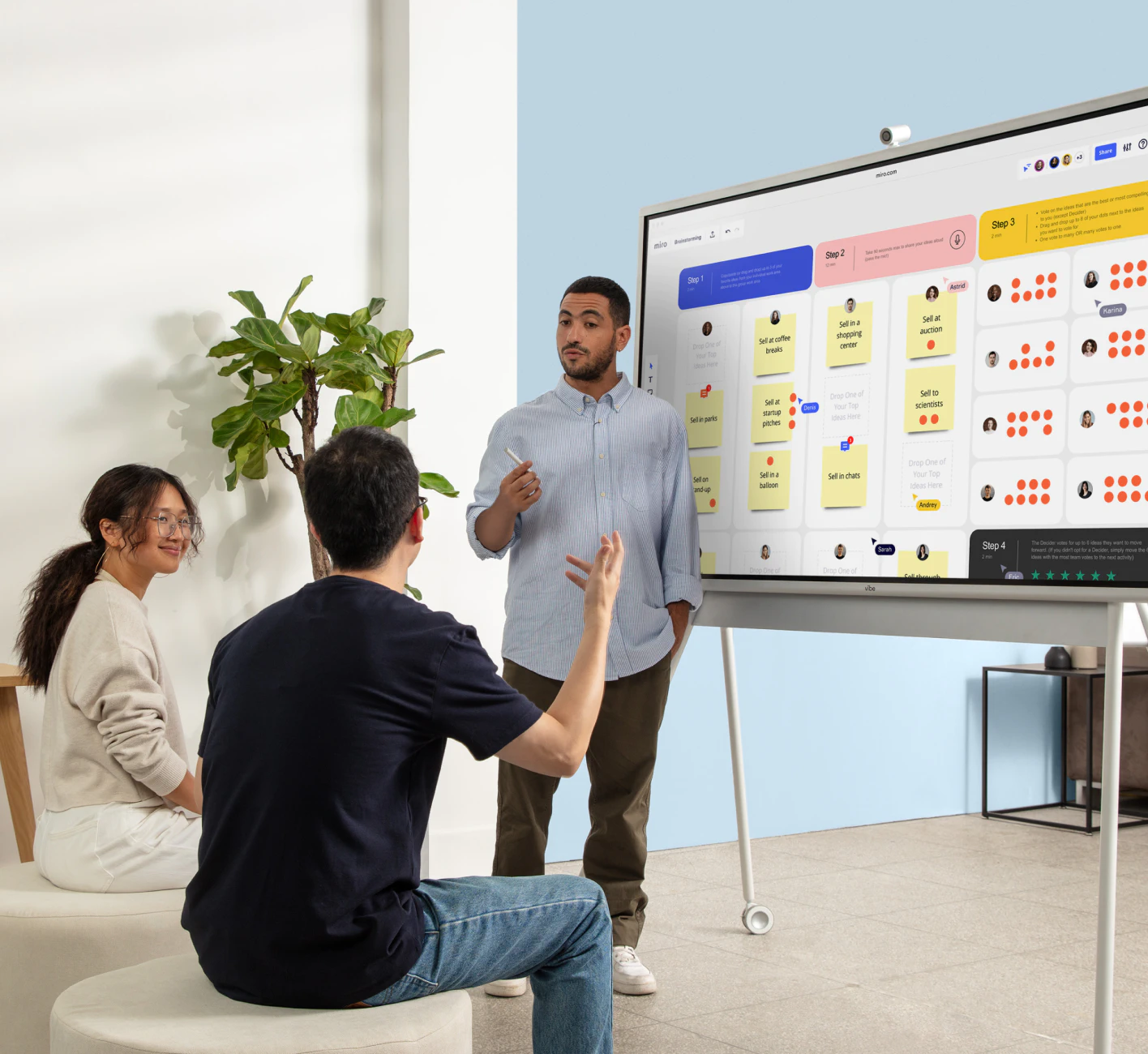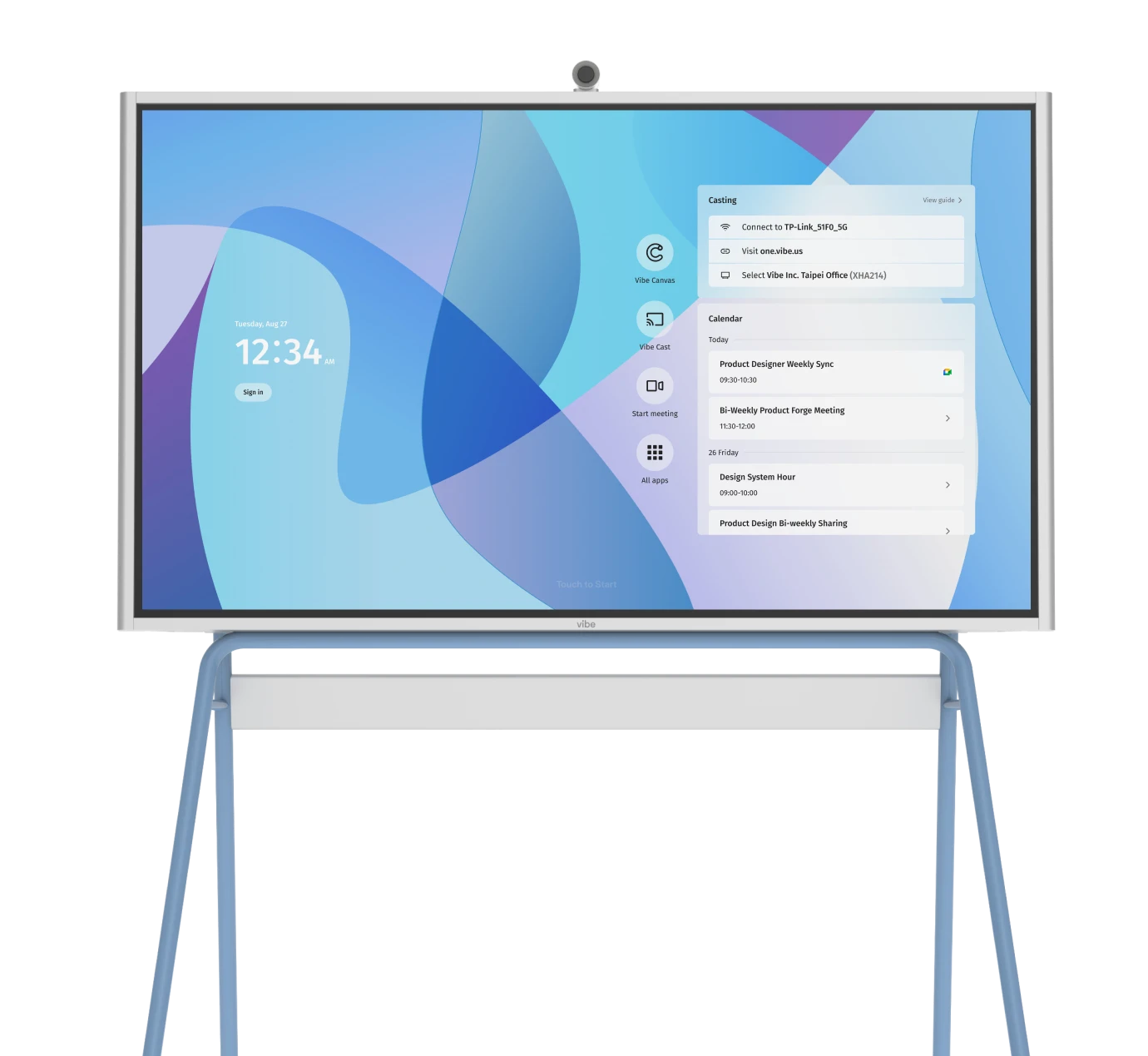Every team will face moments when their coordination breaks down—whether from rapid growth, remote transitions, new tool implementations, or shifting workflows. Without intervention, collaboration becomes fragmented, productivity drops, and team members start working in silos rather than as a unified force.

This challenge can be effectively addressed through strategic team training. Building shared workflows, aligned processes, and unified team communication standards creates exponential returns on your investment. The most impactful training doesn’t feel like time away from work—it becomes the foundation for how your team works better together. Start shaping your team’s collaborative effectiveness by reading this guide, which covers everything you need to know about building stronger teams through more effective training.
- Team training strengthens how people work together—not just what they know.
- Structured methods like ADDIE or SAM help design sessions that actually stick.
- Shorter sessions (15–30 minutes) with time to reflect and apply work better than lectures.
- Training is most effective when it’s active, visual, and grounded in real team experiences.
- Using a shared tool like Vibe helps people participate and learn equally—remote or in person.
What is Team Training?
Team training is a structured effort designed to improve how a group functions together, rather than just focusing on individual skills. Teams face unique challenges like coordinating communication, managing different roles, and aligning goals—so their training needs to address these team dynamics. It can be formal or informal, synchronous or asynchronous, depending on what fits your team’s schedule and objectives. Often, team training includes live sessions where everyone participates in shared exercises that build collaboration skills and views recorded resources for later review. The goal is to ensure everyone understands key teamwork practices, such as effective communication practices, decision-making processes, and healthy conflict resolution, so the team can work more smoothly and efficiently together.
5 Types of Team Training
Team training programs usually fall into five core categories, each designed to target different aspects of how a team functions. Some focus on technical fluency, while others support collaboration, leadership, or problem-solving. Depending on your team’s goals, you might use one type or combine several to build a more complete training strategy.
1. Team Onboarding Training Programs
Onboarding training introduces new team members to company tools, workflows, and expectations through a clearly planned process that guides them step-by-step. This structure typically includes scheduled milestones, organized learning modules, and defined goals for each phase of onboarding. Rather than leaving new hires to figure things out on their own, the program maps out what they need to learn, when, and how—helping them build confidence and contribute quickly.
Effective onboarding team training often includes:
-
30-60-90 day milestone planning – Breaks the onboarding journey into phases, guiding new hires from early orientation to full team contribution.
-
Buddy or mentor system pairing – Connects new hires with an experienced team member who can provide support, reinforce norms, and answer questions.
-
Group skills workshops – Focused sessions on how the team uses tools, communicates, and collaborates in real-world situations.
-
Structured peer learning and shadowing – Helps new team members absorb team dynamics and workflows through observation and guided practice.
-
Low-pressure opportunities for Q&A and tool practice – Builds early confidence and encourages curiosity without the fear of mistakes.
These methods—especially when paired with real team workflows and early feedback—help reinforce both technical fluency and a strong sense of team connection.

2. Technical and Tool Training for Teams
Tool and technical training teaches teams how to use software, hardware, or internal systems effectively. It ensures everyone is working optimally with the same tools and reduces the frustration and inefficiency that comes from not knowing how to use important features. This type of team training also reduces IT support burden by improving user confidence and basic troubleshooting skills. When the whole team learns together, they can help each other solve problems and share helpful tips down the line.
Running effective technical training usually involves a few key steps:
-
Assess team needs to identify which tools or features require the most focus.
-
Plan hands-on sessions that include real scenarios people will face daily, making learning practical and relevant.
-
Provide clear, updated documentation that reflects the latest software versions or hardware specifications.
-
Schedule regular refreshers to address software updates, version control, and new features—helping the team stay current and avoid confusion.
-
Encourage peer support and knowledge sharing so team members can troubleshoot collaboratively and build collective expertise.
Modern companies especially benefit from integrating version control awareness and update management into training plans to keep everyone aligned and reduce disruptions caused by unexpected changes.
3. Team-Based Soft Skills Development
Soft skills are the interpersonal abilities that help people communicate, collaborate, and navigate workplace relationships effectively. These include things like emotional intelligence, active listening, conflict resolution, giving feedback, and managing stress—skills that aren’t tied to technical knowledge but are essential for smooth teamwork.
This type of training often applies proven communication frameworks and methods such as:
-
Active listening workshops that teach techniques to fully understand and respond thoughtfully.
-
Conflict resolution models like the Thomas-Kilmann Conflict Mode Instrument or the DESC method, which guide teams in handling disagreements constructively.
-
Emotional intelligence (EQ) assessments and activities aimed at building self-awareness and empathy within the team.
-
Constructive feedback protocols tailored to different situations, helping team members give and receive feedback respectfully and effectively.
Soft skills training often includes role-playing exercises and group discussions, providing a safe space for people to practice these behaviors and strengthen their relationships across departments and functions.
4. Scenario-Driven Team Training Exercises
Scenario-based training uses real or simulated problems to encourage creative problem-solving and teamwork. It reinforces key decision-making processes under pressure and helps teams practice working through challenges together. This type of training builds trust and accountability because team members see how everyone responds in difficult situations.
Designing effective scenarios involves choosing situations relevant to your team’s work, such as:
-
Crisis simulation exercises that replicate urgent, high-stress events requiring quick collaboration and decisions.
-
Customer interaction role-plays to practice handling tough conversations, complaints, or negotiations with clients.
-
Project failure post-mortems where teams analyze past setbacks to identify lessons and improve future performance.
The best scenario-based training includes thorough debriefing sessions, where teams reflect on what went well, what didn’t, and how to improve next time. The goal is to turn practice into lasting growth.
5. Leadership and Role-Specific Team Training
Leadership training focuses on equipping team leads and managers with the skills they need to guide their teams effectively. Core leadership skills include delegation, coaching, giving performance feedback, managing meetings, and setting priorities. Leadership development programs often cover components like emotional intelligence, decision-making under pressure, relationship management, and motivating team members. These programs usually combine instruction with practice sessions where leaders can try new techniques and receive feedback from peers or mentors.
Role-specific training, on the other hand, tailors content to the unique responsibilities of each team member. It helps individuals understand how their leadership work fits into the broader team goals and workflows. This clarity boosts collaboration and accountability by showing how different team roles connect and contribute to shared success.
Separating leadership and role-based training ensures everyone learns skills directly relevant to their position, whether it’s managing others or mastering specific job functions.
See how leadership expert Mark Smith uses the Vibe Board S1to coach Fortune 100 executives →

Benefits of Effective Team Training
When teams invest in structured training that focuses on collaboration and shared understanding, the returns extend past skill development. These benefits create a ripple effect that strengthens every aspect of how your team operates and the outcomes they produce, from daily interactions to long-term strategic execution.
-
Improves communication by establishing shared frameworks and encouraging active listening. This makes meetings more productive, helps team members express ideas clearly, and reduces misunderstandings—even when working across different locations. Supporting effective collaboration in remote settings is key to keeping communication flowing smoothly.
-
Builds alignment around tools, processes, and goals so everyone works from the same foundation. This clarity helps teams prioritize tasks effectively and make quicker, more confident decisions.
-
Speeds up onboarding by providing new hires with structured guidance on team workflows and dynamics. Whether your team uses a fully remote, in-person, or hybrid onboarding approach, this training helps new members adapt faster and contribute meaningfully from the start, easing the load on existing members.
-
Boosts innovation through a shared knowledge base and collaborative learning. When everyone understands the same tools and methods, teams can generate creative ideas and solve problems together more efficiently.
-
Raises morale and retention by creating a culture of continuous learning and support. Regular training builds confidence, strengthens team bonds, and shows commitment to employees’ growth, keeping them engaged over time.
Common Challenges of Team Training
While the benefits of effective team training are clear, implementing it successfully isn’t always straightforward. Teams often encounter obstacles that can undermine even well-intentioned training efforts, turning what should be valuable learning experiences into frustrating time-wasters. Understanding these common pitfalls—and knowing how to navigate them—is essential for creating the training your team needs.
-
Low engagement from passive delivery – Training dominated by presentations without interaction kills motivation and retention. Teams need interactive elements like breakout discussions, polls, and live exercises to stay engaged and actually absorb the material.
-
Tool overload and technical confusion – Juggling more than three or four platforms for video calls, document sharing, chat, and note-taking creates login issues, version conflicts, and frustration. This technical chaos undermines the collaborative goals training is meant to achieve.
-
Lack of documentation and follow-up – Training materials aren’t saved, summarized, or reinforced after sessions end, severely limiting long-term impact. Without proper documentation and scheduled follow-ups, even great training fails to create lasting behavioral change.
-
One-size-fits-all approaches that exclude team members – Overlooking diverse learning styles, skill levels, and participation preferences leaves some team members behind or bored. This creates uneven skill development that can actually harm team collaboration rather than improve it.
-
Missing feedback loops and measurement – No systematic way to know whether training actually improves team collaboration makes it impossible to refine and improve programs. Without regular feedback through surveys, peer reviews, and performance metrics, training becomes a shot in the dark.
The good news is that awareness of these challenges is half the battle. By anticipating these obstacles and building solutions into your training design from the start, you can create learning experiences that avoid these common pitfalls while reaping all the rewards of the benefits of effective team training. Keep in mind, the most successful training programs aren’t those that never encounter problems—they’re the ones that turn challenges into opportunities for deeper collaboration and learning.
How to Run More Effective Team Training Sessions
Now that you understand the benefits and challenges of team training, it’s time to design effective sessions to strengthen team skills and collaboration. Here’s how to structure training sessions that deliver lasting improvements.
Step 1 – Start with collaborative problem assessment
Before designing any training session, involve your team in identifying what needs improvement. Rather than relying solely on management observations, facilitate group discussions where team members can openly share collaboration pain points and workflow frustrations. Use techniques like anonymous surveys or small group conversations to uncover the real barriers affecting your team’s ability to work together effectively.
Step 2 – Design sessions around real team scenarios
Build your training content around actual situations your team faces regularly. Instead of generic exercises, use your team’s current projects, recent challenges, or upcoming initiatives as the foundation for learning activities. Break complex concepts into bite-sized microlearning modules that teams can practice and master incrementally. This approach ensures that skills practiced during training can be immediately applied to real work, making the learning experience both relevant and practical.
Step 3 – Structure sessions for active participation
Aim to remove passive learning and lean into collaborative experiences by designing sessions where team members work with and teach each other. Rotate facilitators, use peer mentoring, and create breakout groups that tackle different aspects of the same challenge. The most effective sessions feel less like traditional training and more like productive team meetings where everyone contributes and learns simultaneously.

Step 4 – Focus on building shared workflows
Use training time to establish and practice common processes that will improve daily collaboration. This might include creating standardized project kickoff procedures, establishing communication protocols, or practicing conflict resolution techniques together. When everyone learns and practices the same workflow simultaneously, it becomes easier to implement consistently across all team activities.
Step 5 – Create feedback loops within sessions
Build reflection and adjustment opportunities directly into each training session. Schedule brief check-ins where participants can share what’s working, what’s confusing, and how the concepts apply to their specific roles. This real-time feedback allows you to adjust the session content on the fly and ensures that learning stays relevant to everyone’s needs.
Step 6 – End with collaborative commitment
Close each session by having the team collectively decide on specific actions they’ll take to apply what they’ve learned. Rather than individual action items, focus on team-wide commitments that require ongoing collaboration. This might include establishing new meeting formats, trying different communication tools, or implementing shared decision-making processes that reinforce the collaborative skills practiced during training.
Vibe Board S1: A Smarter Way to Support Team Learning
Designing effective sessions is one thing—delivering them smoothly is another. That’s where Vibe can help. The Vibe Board S1 combines video calls, digital whiteboarding, and team tools into one central hub, so you don’t have to juggle multiple platforms during training sessions. Use Vibe Canvas for live brainstorming, collaboration, and ideation on an infinite canvas with annotation, sticky notes, version tracking, and more.
Your team can join from anywhere—browser, phone, tablet, or directly on the Vibe Board—and equally contribute in real time with audio, video, and shared workspaces. This new method of hybrid collaboration ensures that each participant feels connected to the team regardless of location. Vibe eliminates tool overload and keeps training focused and visual, so people stay engaged and actually remember what they learn. Every session is automatically saved to the cloud and easy to revisit, turning your team training into a reusable resource anyone can access later.
Ready to see how Vibe supports high-impact team training? Request a demo today and discover how the right tools can make your training sessions more engaging, effective, and memorable.
 Woman using the Vibe Board for team training, facilitating interactive learning and engagement.
Woman using the Vibe Board for team training, facilitating interactive learning and engagement.Team Training FAQs
What is a training team?
A training team is a group of people who work together to design, deliver, and improve learning experiences for their organization. They might include instructional designers, subject matter experts, HR professionals, and team leads who coordinate team training efforts. In smaller organizations, the training team might just be a few people who take responsibility for making sure everyone learns the skills they need to work together effectively.
What are the four types of training methods?
The four main training methods are instructor-led training (where someone teaches the group directly), self-paced learning (where people work through materials on their own), hands-on practice (where people learn by doing real tasks), and collaborative learning (where teams work together to solve problems and share knowledge). Most effective team training combines several of these methods to accommodate different learning styles and keep people engaged.
What are the 5 behaviors of a cohesive team training?
The five behaviors of cohesive team training include building trust through shared experiences, engaging in productive conflict by discussing different viewpoints openly, committing to decisions made together, holding each other accountable for following through on commitments, and focusing on collective results rather than individual achievements. These behaviors help teams work better together and make training sessions more effective for everyone involved.
What are the 5 stages of training?
The five stages of training are assessment (figuring out what skills the team needs), design (planning the training content and activities), development (creating the materials and exercises), implementation (actually running the training sessions), and evaluation (measuring whether the training worked and how to improve it). Good team training goes through all these stages to make sure the learning experience is relevant, engaging, and produces real improvements in how teams work together.









-1sbltxxq4FYxHrXrwJVLsCDNsXpqNa.webp)
-5Zp0pmSytvcuYDVs1LvuwplKuRneK0.webp)
